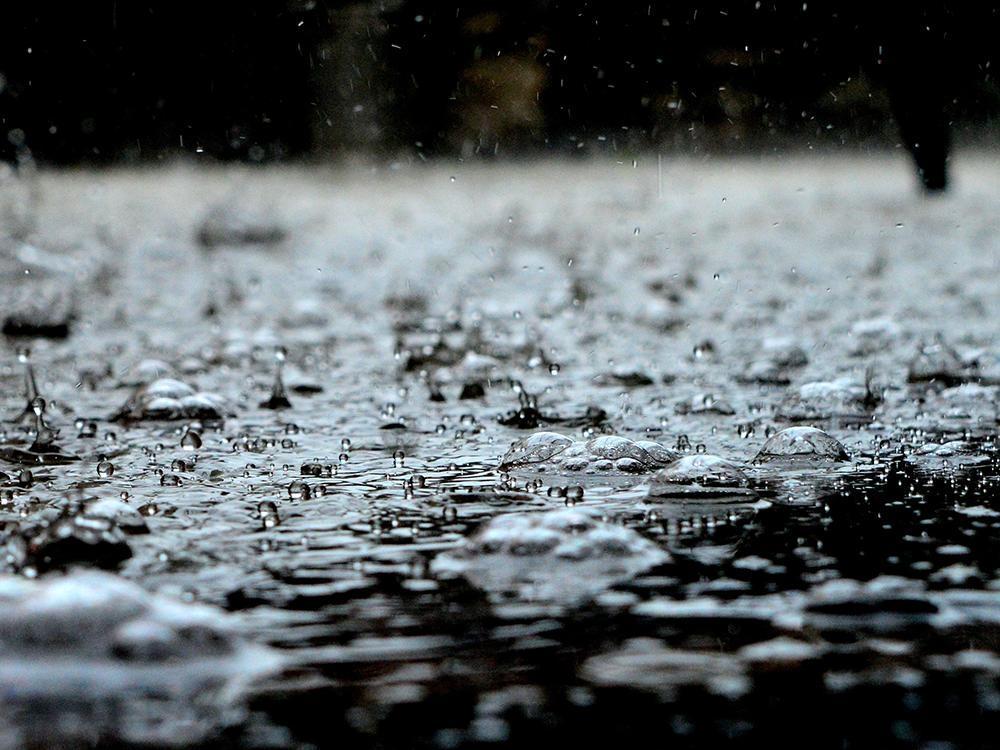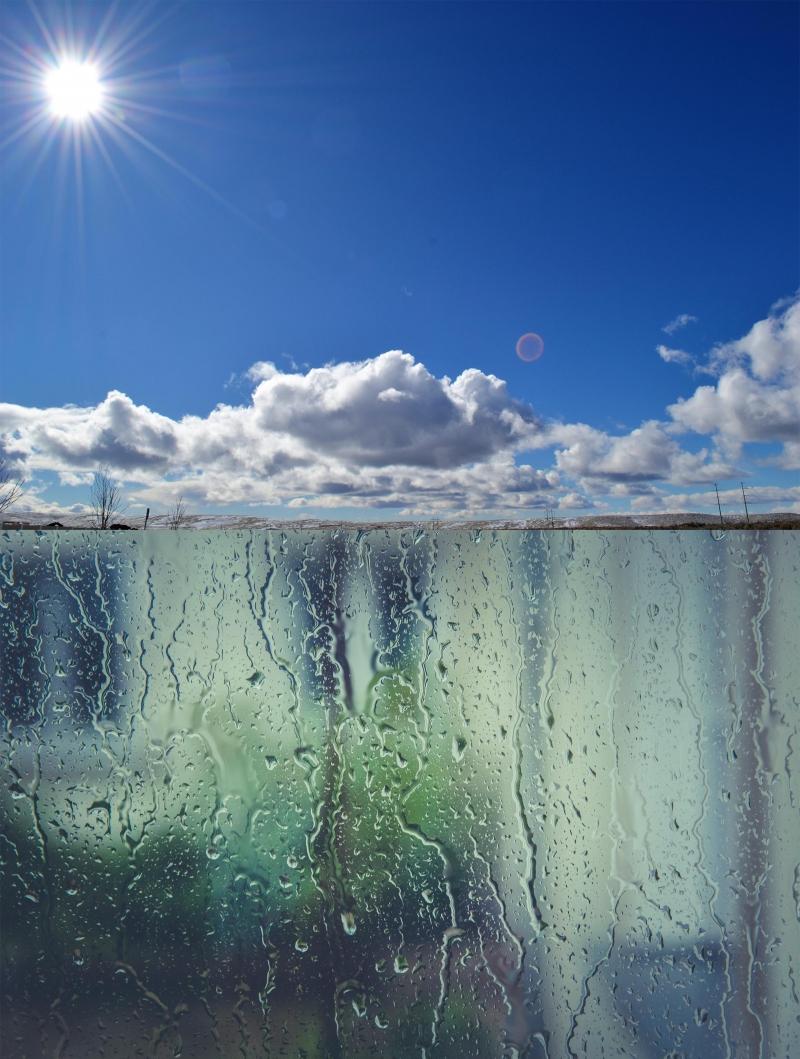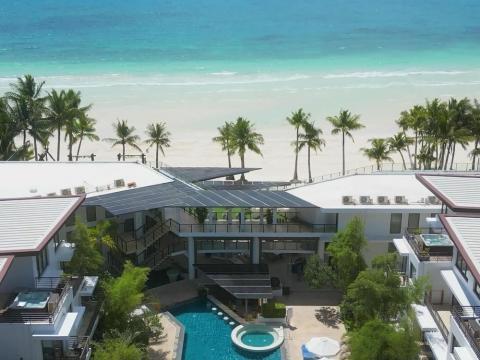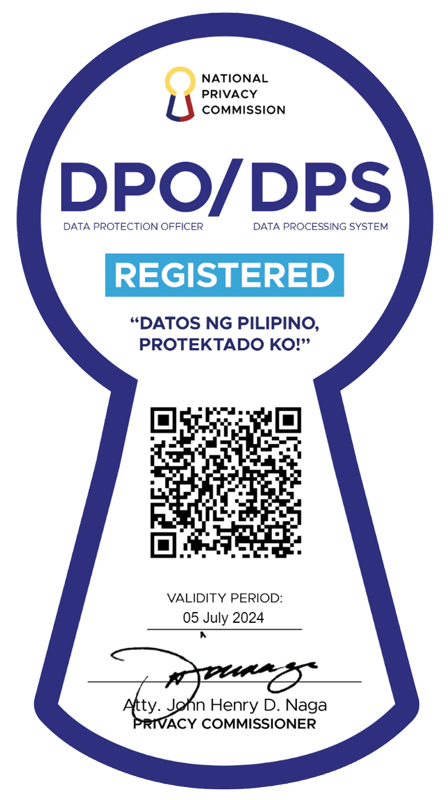The rainy season has started, says PAGASA

The Philippine Atmospheric, Geophysical and Astronomical Service Administration (PAGASA) confirmed that the widespread rains, mostly experienced by areas under Type I climate such as Metro Manila, Ilocos Norte, Pampanga, Zambales, and more, signaled the onset of the rainy season. A Type I climate has two pronounced seasons; dry from November to April and wet throughout the rest of the year.
Source: Photo by Brett Sayles from Pexels and Photo by Markus Spiske from Pexels
PAGASA states that the current rains we've encountered were caused by the presence of a frontal system and severe thunderstorms as well as southwesterly windflow. A frontal system is a combination of weather conditions in which one or more weather fronts can be recognized, while a weather front is a boundary that separates cold air and warm air.
“Intermittent rains, associated with the Southwest (SW) monsoon will start to affect Metro Manila and the western sections of the country,” PAGASA says. They also added that the ongoing La Niña in the country may increase the likelihood of above normal rainfall conditions in the coming months.
PAGASA also points out that despite the declaration of the rainy season, we will still experience monsoon breaks or breaks in rainfall events that may last for several days or weeks.
Given the current situation, PAGASA will continuously monitor the day-to-day weather and long-term climate situation and provide updates when significant changes in weather conditions occur.
Just because it's the rainy season doesn't mean you need to stop using sunscreens. A gentle reminder that you still need to protect the skin from the sun even if it's not evident, so here are some of the reef-safe sunscreens you can use:








